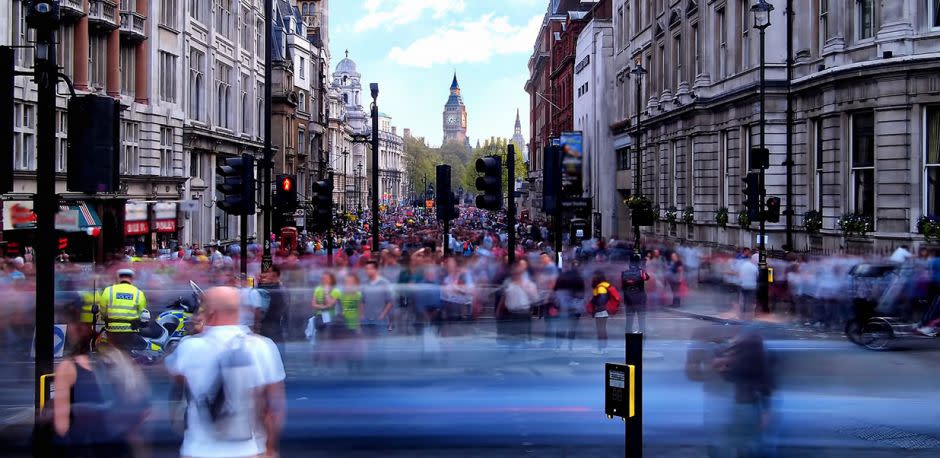Millions of UK workers will still be left more than £1,000 a year short of a real living wage, despite the biggest cash boost in the minimum wage set by the government for more than a decade.
The “national living wage” (NLW) is increasing from Monday from £10.42 to £11.44 an hour, and is being expanded to cover younger workers with a cut in the age threshold from 23 to 21. The increase is worth £1,800 a year for a full-time adult worker.
However, workers on the legal pay floor will still be left £1,092 a year short of the voluntary “real living wage” set by the Living Wage Foundation charity, which is paid by thousands of employers to reflect household costs.
Almost half a million workers in the UK whose employers are signed up to real living wage are receiving an increase in pay to £12 an hour across the UK and £13.15 in London. The difference could pay for 18 weeks of food for a household, or 12 weeks of housing and energy costs.
The charity said workers in the capital would need more than £3,000 extra to bring earnings into line with the London living wage. The difference could pay for almost a year’s worth of food, or 23 weeks of housing and energy costs.
Increases in the government-enforced minimum wage have driven up the pay of millions of Britain’s lowest earners by £6,000 a year since its introduction under Tony Blair’s Labour government in 1999, making it the single most successful economic policy in a generation according to the Resolution Foundation.
The government last week said it would pause efforts to drive up the minimum wage further amid business concerns over rising costs, after several years of above-inflation increases to hit a target of two-thirds of median earnings by 2024.
Ministers on Wednesday published a new remit for the Low Pay Commission, which advises on where to set the legal pay floor, asking it to maintain the current target for workers aged 21 and over next year. On current forecasts, the LPC said this would mean increasing the national living wage by 3.9% to £11.89 in April 2025.
Paul Nowak, the general secretary of the TUC, said unions were “deeply disappointed” by the decision. “Millions of low-paid workers live wage packet to wage packet – and are currently being hammered by the cost-of-living crisis.”
He said a higher target of 75% of median pay should be set. “This would help deliver a £15 an hour minimum wage and make work pay for millions.”
Labour has said the minimum wage should “cover the cost of living,” but hasn’t spelled out what this means in practice. The Resolution Foundation said this “surely means taking the minimum wage higher, given it lies below the real living wage.”
The NLW was introduced in 2016, when the then chancellor, George Osborne, rebranded the minimum wage as a “living wage”. However, the rate is lower than the voluntary “real living wage,” which is paid by more than 14,000 employers across the UK including half of the FTSE 100 and big household names including Nationwide, Google, Lush and the Premier League football clubs Everton and Chelsea.
The pay rate is calculated using a basket of goods, taking into consideration everyday costs such as a weekly shop, household bills, a surprise trip to the dentist, and extras for a decent life such as a birthday present for a child.
Katherine Chapman, the director of the Living Wage Foundation, said: “The rise in the statutory national living wage from 1 April is welcome news for the 3.7 million low-paid workers across the country, but this still falls short of a wage which takes into account the real cost of living.”
A government spokesperson said the increase in the NLW and reduction in age threshold was a “historic moment which will put more money in the pockets of millions of workers”.
“It strikes the best possible balance between the needs of workers and affordability for business while delivering on our commitment for the National Living Wage to reach two-thirds of median earnings by 2024,” they added.
This article was written by Richard Partington Economics correspondent from The Guardian and was legally licensed through the DiveMarketplace by Industry Dive. Please direct all licensing questions to legal@industrydive.com.

